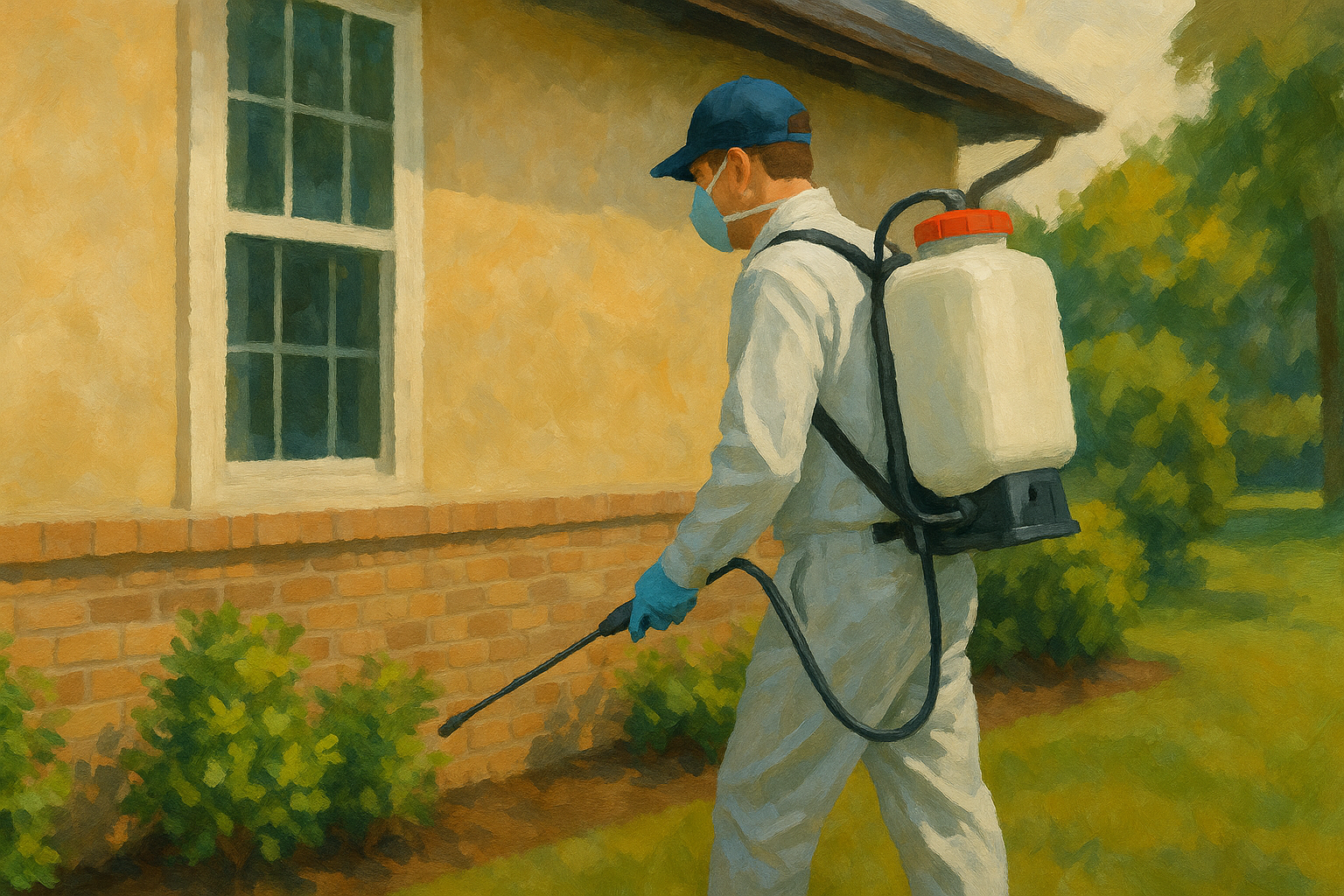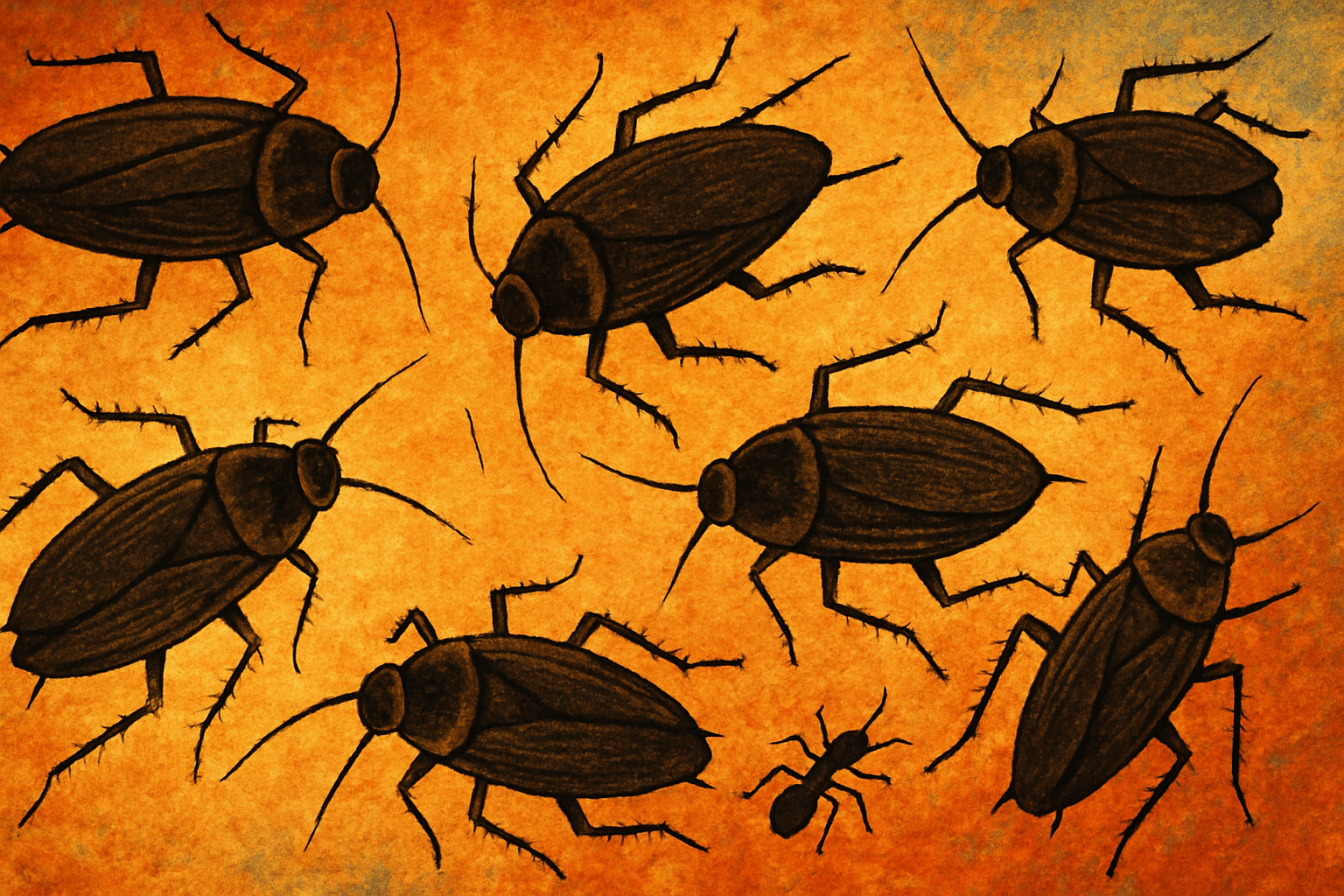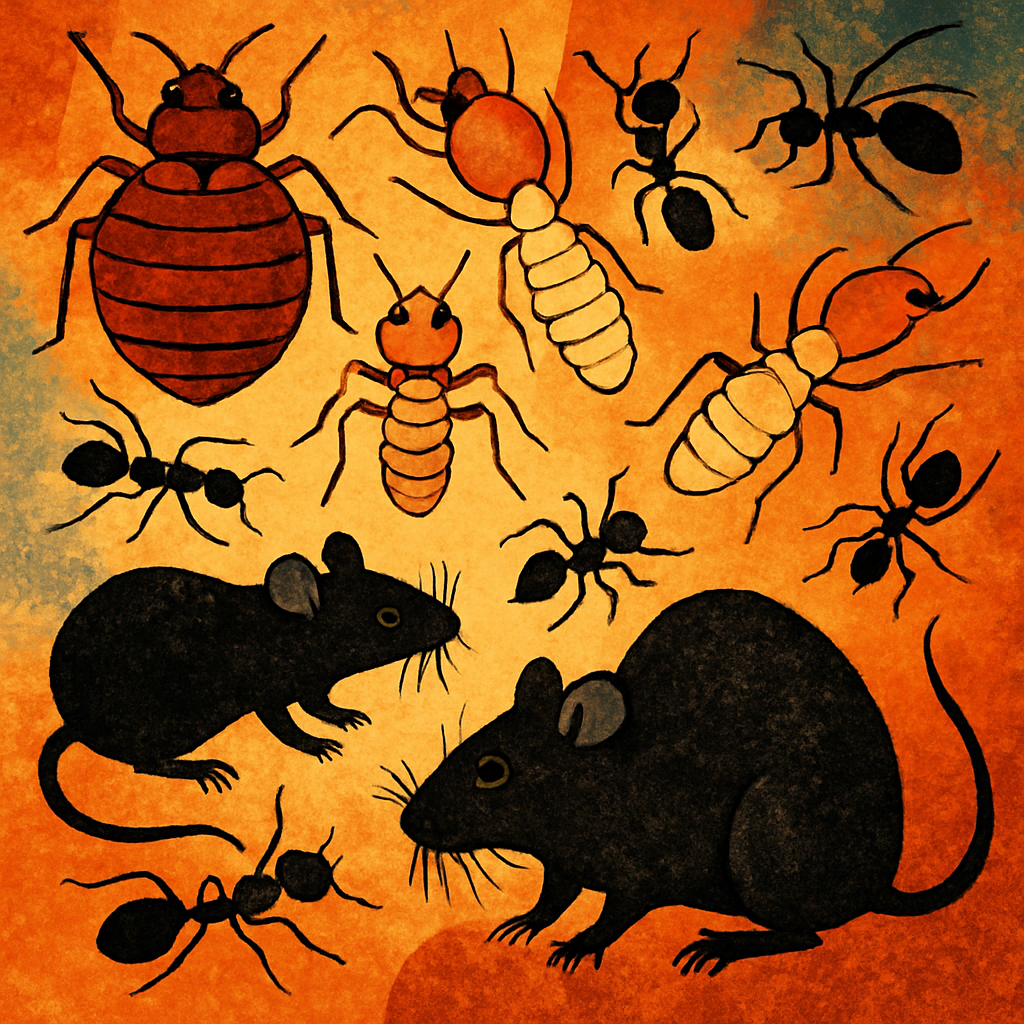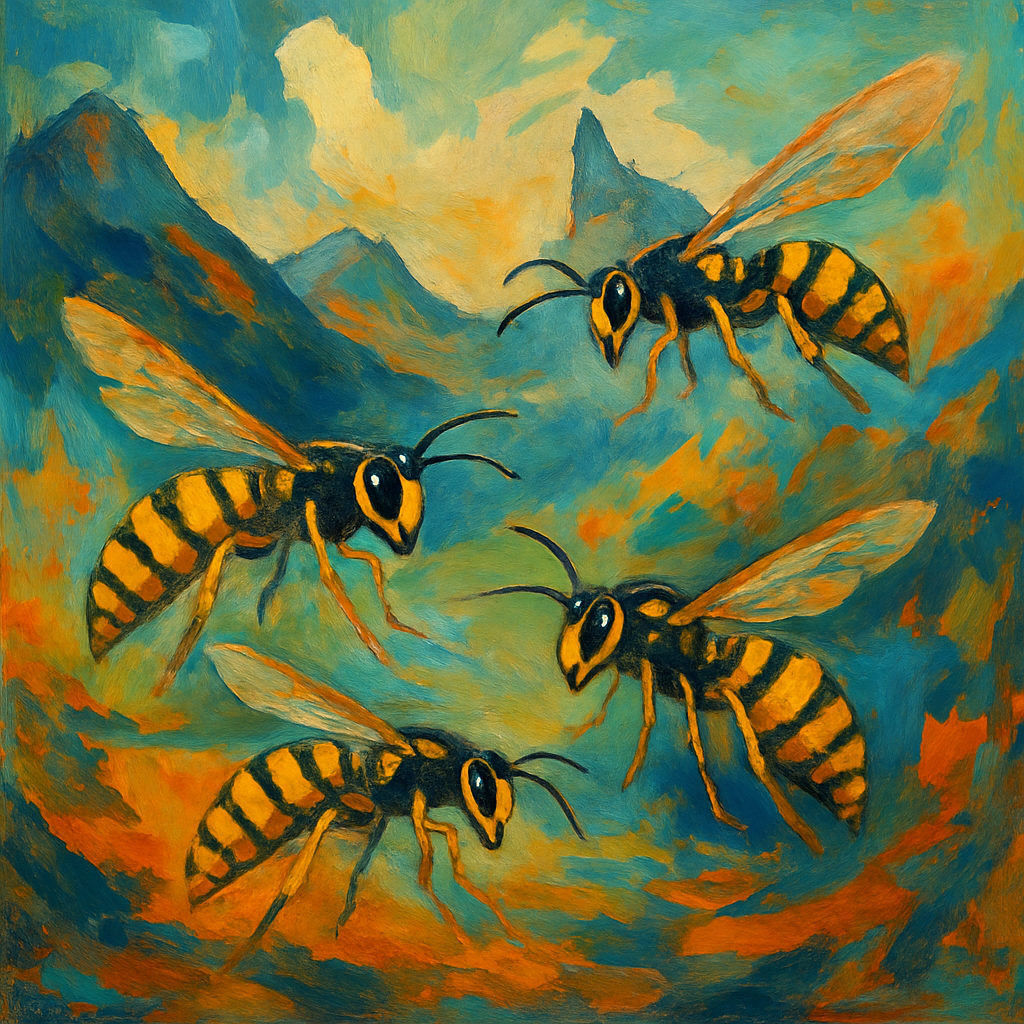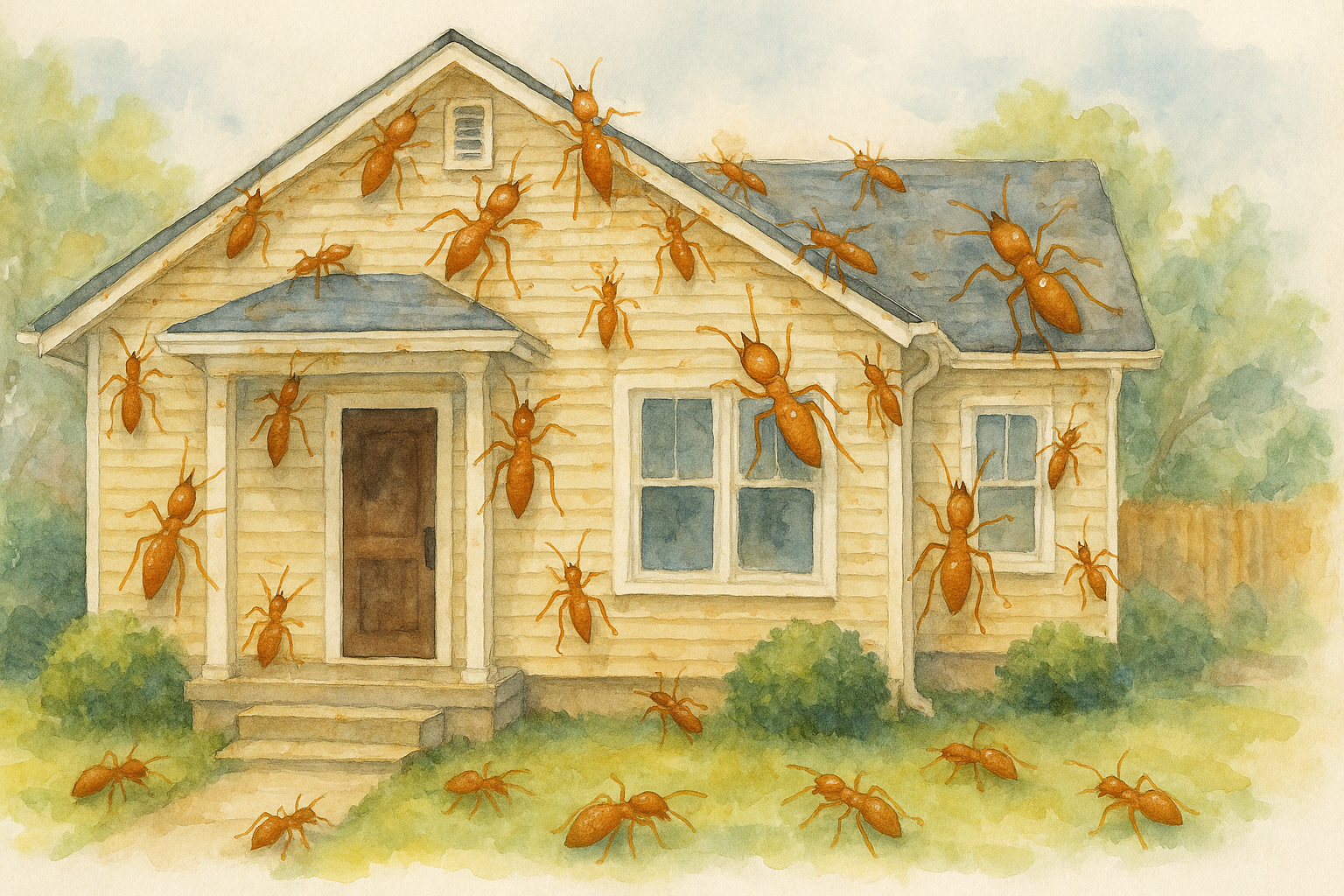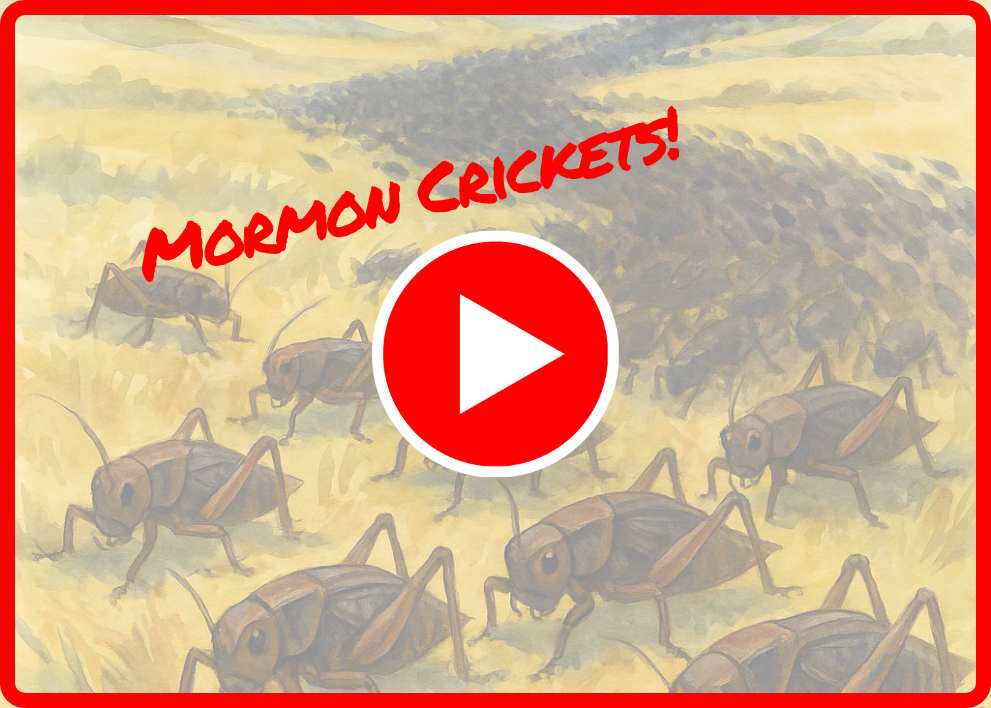A dirt dauber, also known as a mud dauber, is a species of solitary wasp belonging to the family Sphecidae. These wasps are known for constructing nests out of mud, which they attach to the sides of buildings, bridges, or other structures. Unlike social wasps that live in colonies, dirt daubers are solitary and generally non-aggressive. They play a crucial role in controlling spider populations, particularly by hunting and paralyzing spiders to provide food for their larvae.
1. Types of Dirt Daubers
There are several types of mud dauber wasps, the most common in North America being the black and yellow mud dauber (Sceliphron caementarium), the organ pipe mud dauber (Trypoxylon politum), and the blue mud dauber (Chalybion californicum). Each of these species builds distinct types of nests:
- Black and Yellow Mud Daubers build nests that resemble small blobs of mud, which are often found in dark, sheltered areas.
- Organ Pipe Mud Daubers create nests that resemble pipes from an organ, typically found on vertical surfaces.
- Blue Mud Daubers are known to reuse the nests of other mud dauber species rather than building their own (Matthews & Matthews, 1999).
2. How Do Dirt Daubers Hunt?
Dirt daubers are spider-hunting specialists. Female wasps hunt spiders, paralyze them with their venom, and transport the paralyzed but still-living spiders back to their mud nests. Once inside the nest, the spiders are stored as food for the wasp larvae. The larvae feed on these spiders until they mature into adult wasps. This behavior helps control spider populations in areas where dirt daubers are prevalent (Corey et al., 2021).
3. The Role of Mud Nests
Mud nests serve as brooding chambers for the wasp larvae. Dirt daubers carefully select sites that are sheltered from the elements, such as under eaves, in barns, or inside garages. Each chamber contains one wasp egg and several paralyzed spiders. When the egg hatches, the larva feeds on the spiders. After completing its larval stage, the wasp pupates and eventually emerges as an adult. The abandoned mud nests are often found in sheltered locations and may even house other organisms once the wasps have left (Yuan et al., 2022).
4. Dirt Daubers: Are They Dangerous?
Dirt daubers are generally not aggressive and rarely sting humans unless directly threatened. Unlike social wasps such as yellowjackets, dirt daubers do not defend their nests aggressively. Their primary focus is hunting spiders and providing for their young. As beneficial predators, dirt daubers help reduce the population of spiders around homes and gardens.
Dirt daubers may look intimidating due to their large size and tendency to fly around human structures, but they pose little risk to people or pets. In fact, they are often welcomed by homeowners who prefer a natural method of spider control.
Conclusion
Dirt daubers are fascinating, solitary wasps that build intricate nests from mud and provide essential pest control by preying on spiders. These non-aggressive wasps are more beneficial than harmful, contributing to the balance of insect populations in their ecosystems. Recognizing their role in nature can help mitigate unnecessary fears, and understanding their behavior offers a glimpse into the complex relationships between predators and prey.
Works Cited
Corey, T. B., Agpawa, E., & Hebets, E. (2021). Spider prey of two mud dauber wasp species in Comanche County, Oklahoma (Hymenoptera: Sphecidae). Journal of Entomological Science, vol. 56, pp. 123-140. https://meridian.allenpress.com/jes/article/56/2/123/464416/Spiders-Araneae-Collected-as-Prey-by-the-Mud.
Matthews, R. W., & Matthews, J. R. (1999). Teaching ecological concepts with mud dauber nests. The Australian Science Teachers Journal, vol. 45, pp. 21-26. https://www.semanticscholar.org/paper/Teaching-Ecological-Concepts-with-Mud-Dauber-Nests.-Matthews-Matthews/b36480085c123f0925a52fc373561b29c598103a.
Yuan, D., Beckman, J., Fernandez, J. F., & Rodriguez, J. (2022). Nest ecology and prey preference of the mud dauber wasp
Sceliphron formosum (Hymenoptera: Sphecidae).
Insects.
https://www.mdpi.com/2075-4450/13/12/1136.
Contact Today For $100 Off Your Initial Service!
⭐⭐⭐⭐⭐
Backed by our Bigfoot Guarantee!
What Customers Are Saying:
"Everyone from Bigfoot is awesome. They are always on time. They're extremely thorough. I've not had a single issue in the two years they have been treating our home. Well worth it!"
T. Potter | Meridian, ID
